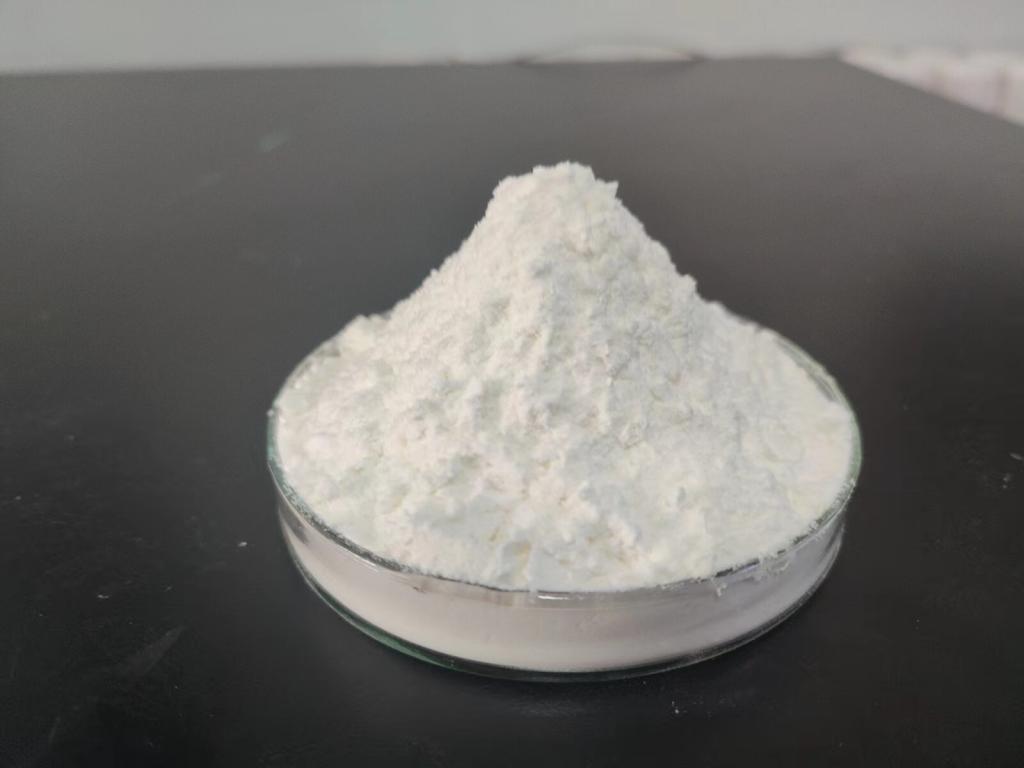Tel:+8618231198596

News
 CONTACT
CONTACT
 CONTACT
CONTACT
- Linkman:Linda Yao
- Tel: +8618231198596
- Email:linda.yao@dcpharma.cn
- Linkman:CHARLES.WANG
- Department:Overseas
- Tel: 0086 0311-85537378 0086 0311-85539701
News
Sustainable Aquaculture Practices: The Role of ε-Polylysine Hydrochloride in Water Quality
TIME:2024-02-06
The Challenges in Aquaculture
1. Water Quality Degradation
Aquaculture systems often face challenges related to water quality degradation. Accumulation of organic matter, excess nutrients, and the proliferation of harmful microorganisms can lead to a decline in water quality, affecting both the health of the cultured species and the overall ecosystem.
2. Disease Outbreaks
Disease outbreaks pose a significant threat to aquaculture operations. Stressors resulting from poor water quality can weaken the immune systems of aquatic organisms, making them more susceptible to infectious agents. Controlling disease outbreaks is crucial for the economic viability of aquaculture ventures.
3. Environmental Impact
The environmental impact of aquaculture, particularly in terms of water pollution and habitat alteration, has raised concerns. Sustainable aquaculture practices must address these issues to ensure the long-term health of aquatic ecosystems.
Importance of Water Quality in Aquaculture
1. Oxygen Levels
Maintaining adequate oxygen levels is crucial for the respiration of aquatic organisms. Poor water quality, with low oxygen levels, can lead to stress, reduced growth rates, and even mortality in cultured species.
2. pH Levels
Fluctuations in pH levels can impact the solubility of minerals and nutrients essential for the health of aquatic organisms. Consistent and appropriate pH levels are vital for optimal growth and development.
3. Ammonia and Nitrite Levels
The buildup of ammonia and nitrite, byproducts of organic waste and uneaten feed, can be toxic to aquatic organisms. Monitoring and controlling these parameters are fundamental to preventing stress and disease in aquaculture systems.
The Role of ε-Polylysine Hydrochloride
1. Antimicrobial Action
One of the key attributes of ε-Polylysine hydrochloride is its antimicrobial action against a wide range of microorganisms, including bacteria and fungi. By introducing ε-Polylysine hydrochloride into aquaculture systems, the proliferation of pathogenic microorganisms can be controlled, reducing the risk of disease outbreaks.
2. Biofilm Prevention
Biofilms, consisting of microorganisms embedded in a slimy matrix, can form on various surfaces within aquaculture systems. These biofilms contribute to water quality degradation and serve as a reservoir for pathogens. ε-Polylysine hydrochloride inhibits the formation of biofilms, promoting cleaner and healthier aquatic environments.
3. Reduction of Organic Load
The decomposition of organic matter in aquaculture systems contributes to nutrient imbalances and oxygen consumption. ε-Polylysine hydrochloride aids in reducing the organic load by inhibiting the growth of microorganisms involved in the decomposition process, helping maintain a more stable and sustainable aquatic environment.
Sustainable Practices in Aquaculture
1. Integrated Multi-Trophic Aquaculture (IMTA)
IMTA involves cultivating multiple species in proximity, creating a balanced ecosystem where the waste products of one species serve as nutrients for another. The antimicrobial properties of ε-Polylysine hydrochloride can contribute to the control of pathogens in such integrated systems, promoting sustainability.
2. Recirculating Aquaculture Systems (RAS)
RAS minimize water usage by continuously filtering and reusing water within closed systems. The application of ε-Polylysine hydrochloride in RAS helps maintain water quality, reducing the need for excessive water exchanges and mitigating the environmental impact of aquaculture operations.
Environmental and Economic Benefits
1. Reduced Dependency on Antibiotics
The use of antibiotics in aquaculture has raised concerns about the development of antibiotic-resistant strains of bacteria. ε-Polylysine hydrochloride offers a natural alternative, reducing the dependency on antibiotics and minimizing the associated risks.
2. Enhanced Growth and Survival Rates
By promoting a healthier environment, ε-Polylysine hydrochloride contributes to improved growth rates and survival of cultured species. This not only benefits aquaculturists economically but also aligns with the principles of sustainable and responsible aquaculture.
Regulatory Considerations
1. Global Acceptance
ε-Polylysine hydrochloride has gained acceptance in various countries as a safe and effective antimicrobial agent. Ensuring compliance with international regulations is essential for its continued use in aquaculture on a global scale.
2. Collaboration with Regulatory Bodies
Aquaculture stakeholders, including ε-Polylysine hydrochloride manufacturers, can collaborate with regulatory bodies to establish clear guidelines for its use. Such collaboration ensures that the application of ε-Polylysine hydrochloride aligns with regulatory standards for both environmental protection and food safety.
Future Directions and Challenges
1. Optimizing Dosage and Application Methods
Ongoing research aims to optimize the dosage and application methods of ε-Polylysine hydrochloride in different aquaculture systems. Tailoring its use to specific species and environmental conditions is crucial for maximizing its benefits.
2. Public Awareness and Education
Educating aquaculturists, regulators, and the general public about the benefits of ε-Polylysine hydrochloride is essential. Public awareness fosters acceptance and understanding, paving the way for its widespread and responsible use in aquaculture.
Conclusion
In the pursuit of sustainable aquaculture practices, the role of ε-Polylysine hydrochloride in maintaining water quality and preventing disease cannot be overstated. As the aquaculture industry continues to grow and face new challenges, the incorporation of natural and effective antimicrobial agents like ε-Polylysine hydrochloride contributes to the resilience and environmental responsibility of aquaculture operations. Through careful application, collaboration with regulatory bodies, and ongoing research, ε-Polylysine hydrochloride stands as a beacon in the quest for a balanced and sustainable approach to aquaculture, ensuring the well-being of aquatic ecosystems and the availability of high-quality seafood for future generations.
- Tel:+8618231198596
- Whatsapp:18231198596
- Chat With Skype







